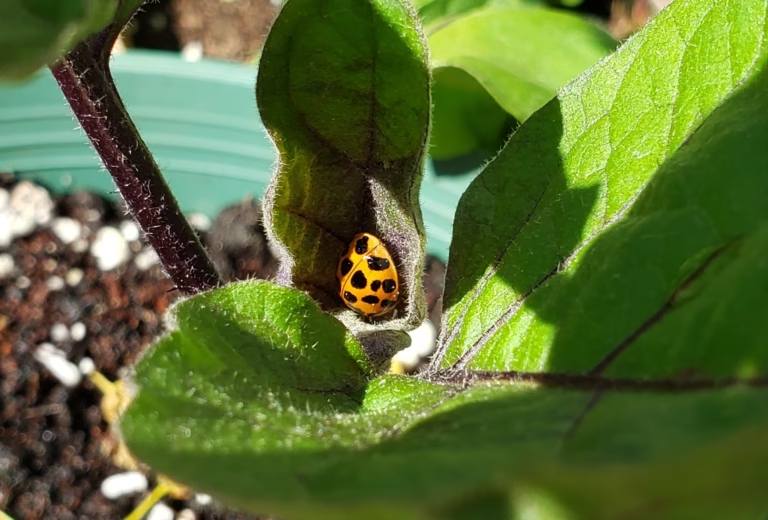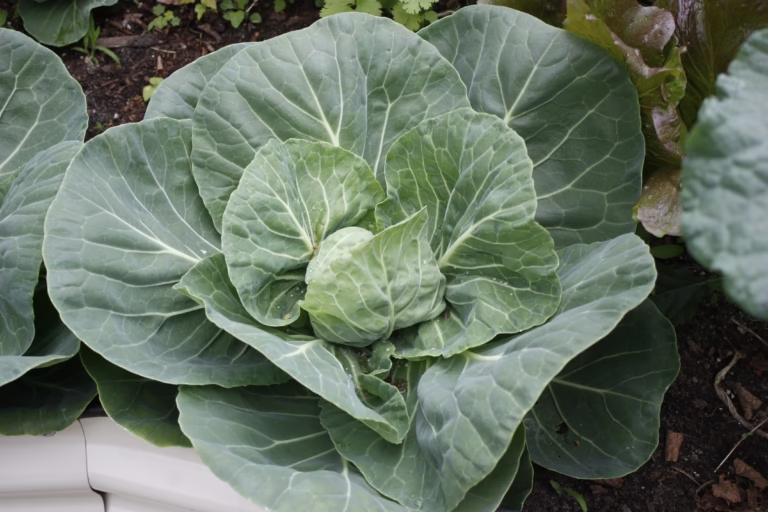
Leaf Miner – How to Identify & Manage this Garden Pest
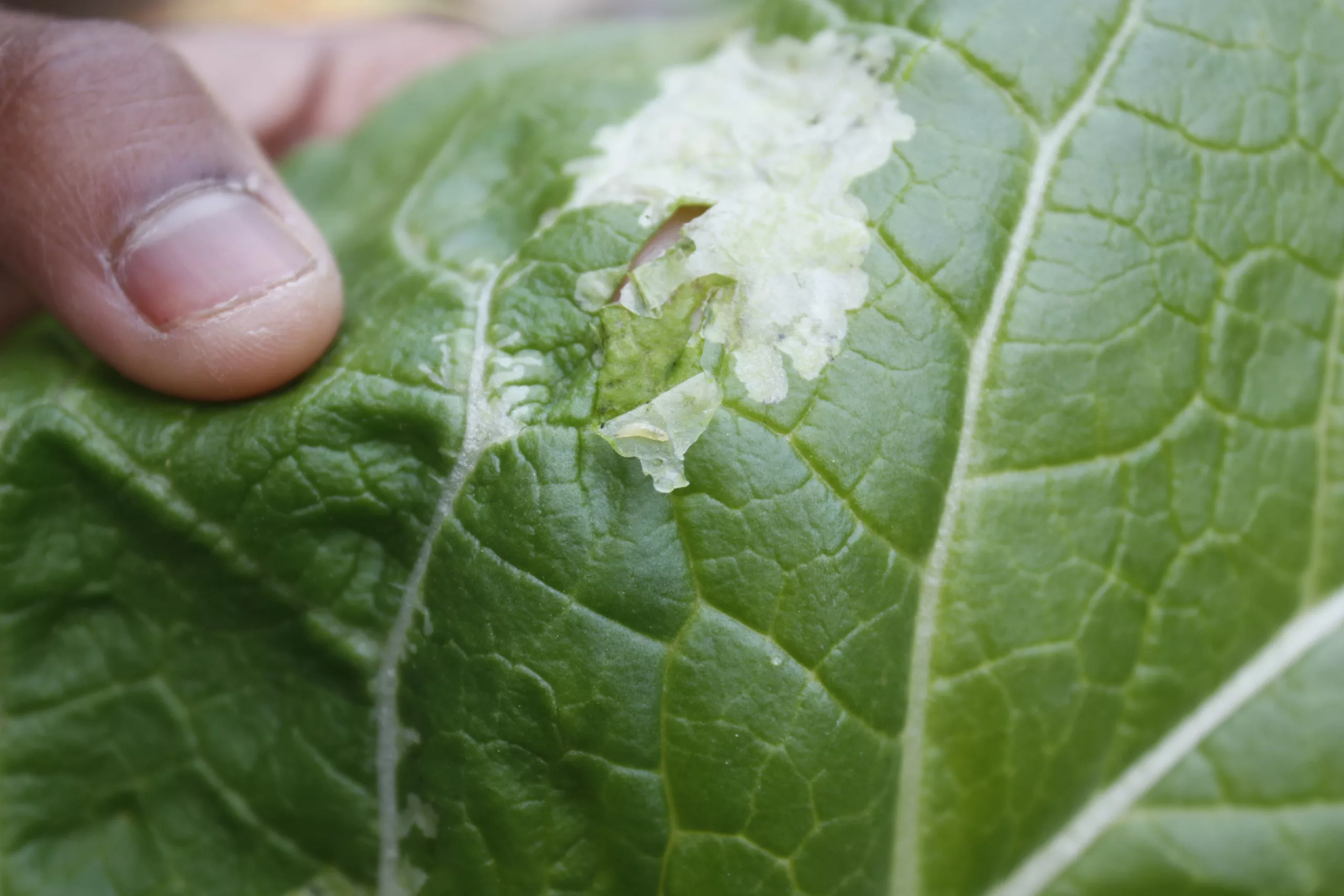
Leaf miners are a super common pest found in the spring garden. They love the tender leafy greens and can cause a lot of damage if they are left unmanaged. But don’t worry, once you know more about them, they are a super easy garden pest to manage!
What are Leaf Miners?
Leaf miners are the larvae of different insects including flies, sawflies, moths or beetles. These insects lay eggs on their plant of choice, and once the eggs hatch the larvae burrow into the leaves and hollow out the inside of the leaves. This is why you see “squiggles” or lines in your leaves, as they move around eating.
How to Identify Leaf Miners & Their Damage
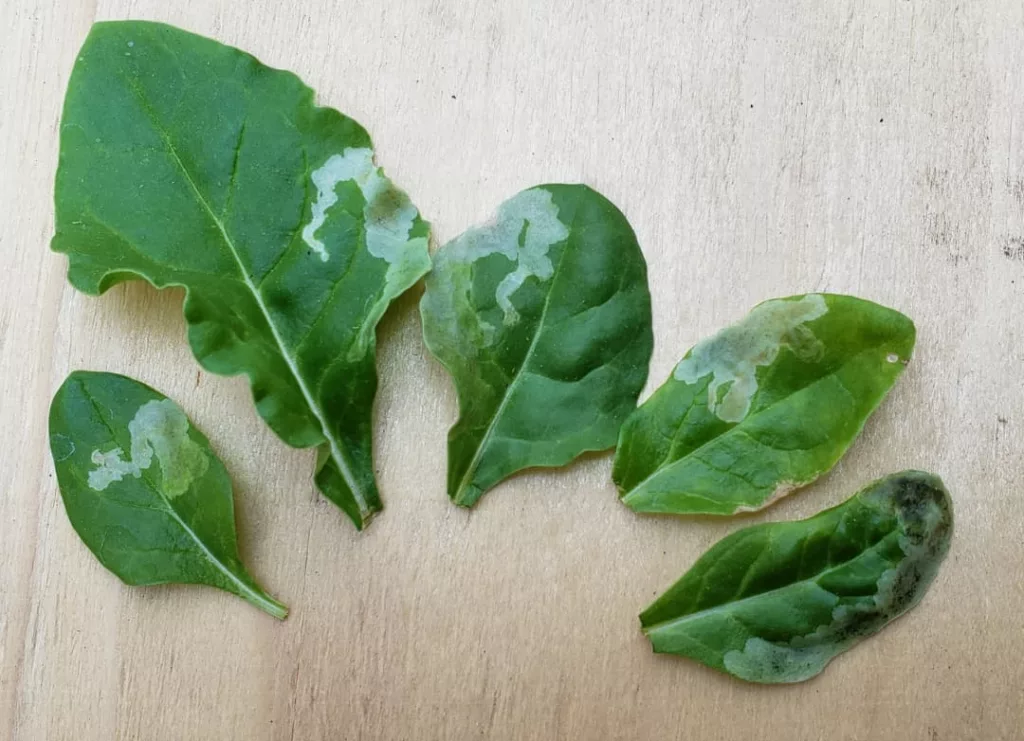
Leaf miner damage appears as white/translucent spots or tunnels on leaves. Since the larvae is eating the centre of the leaf, the damage pattern is different on each leaf. Some will have large amounts of damage, while others may just have one small circle of damage. Others will be filled with squiggly lines as the larvae wanders around the leaf eating.
Grow your garden knowledge further with our self-paced gardening course. Check out a free preview here!
Commonly Affected Plants
Swiss chard, spinach, beet greens, and cabbage are common plants that the leaf miner insects target.
Life Cycle of Leaf Miners
The parent insect of leaf miners will lay eggs (often on the underside of leaves), which will hatch into larvae that eat the inside tissue of leaves. Once they have finished this portion of their lives, they molt and mate, to lay more eggs and start the cycle again.
How to Control Leaf Miners
We never recommend using pesticides in a home garden. Leaf miner damage is never catastrophic, can always be managed and you won’t lose your crops to them. Therefore, pesticides are a total overkill solution to something that can be easily managed by yourself.
Option 1: Check for Eggs
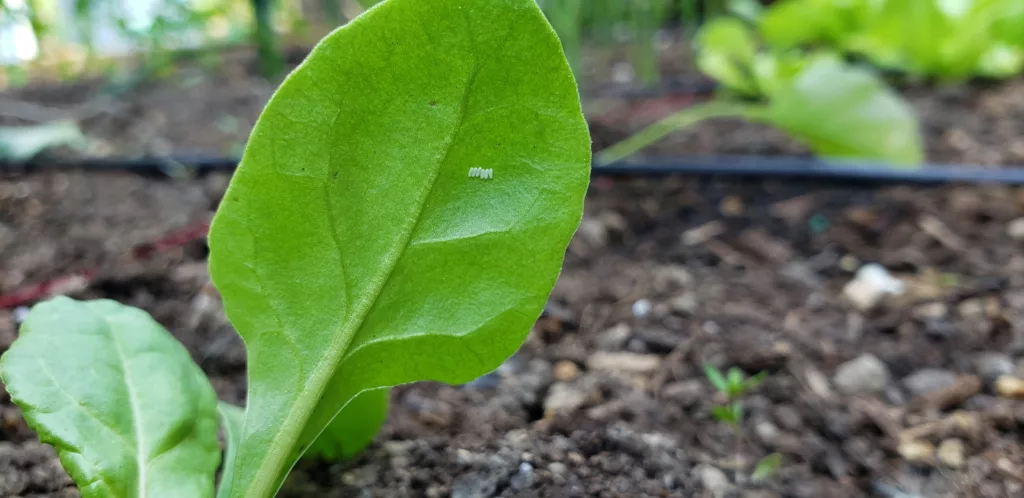
Now that you’re aware of the common plants affected by leaf miner, you can start watching for their eggs. Look on the underside of leaves for white eggs, laid in clusters. When you find these eggs, wipe them off. By doing this, you stop the larvae from hatching at all.
Continue growing your garden knowledge
- How to Invite Ladybugs into Your Garden
- How to Grow Cabbage from Seed to Harvest
- Your Most Asked Raised Garden Questions ANSWERED
- 6 Tricks to Grow Massive Onions in Cold Climates
- Want a Huge Pepper Harvest? 6 Tips for Cold Climates
Option 2: Remove Affected Leaves
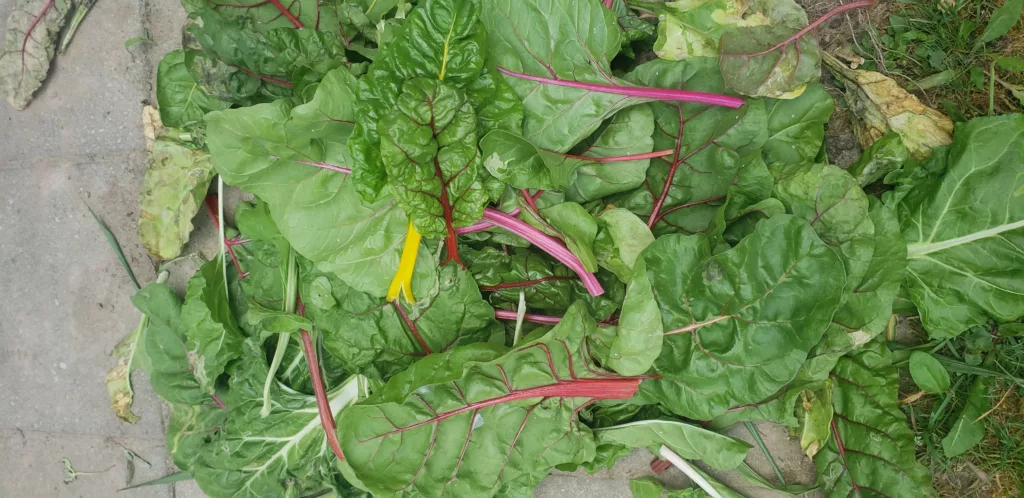
If you find affected leaves you can either remove the leaves, or, the best option is to harvest the leaves and cut the damaged parts out before you cook with them.
The photo above is the first year I ever learned about leaf miner. I panicked and pulled out ALL the leaves I found with damage. Some of the leaves were completely damaged (as seen on the far left of the photo), however other leaves barely had any damage. Yet I pulled them up to compost which is such a waste of good food. Learn from me, don’t be me, and just monitor your plants regularly.
Option 3: Remove the Insects
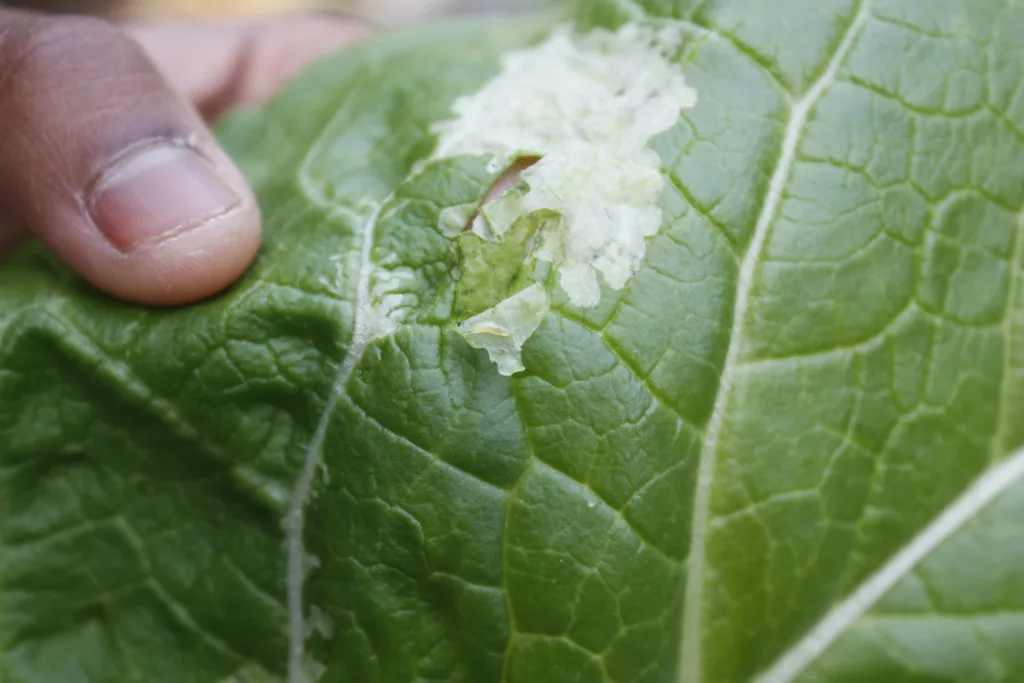
If you aren’t ready to harvest the leaves, and don’t want to remove them either, you can kill the larvae. You can either peel the damage open to find the larvae, or you can pinch the damaged areas and hope to get the larvae in that pinch, squishing it. In the photo above you can see a small, almost translucent insect on the inside of the folded over leaf. This is what you’re looking for.
Join our family, and grow your garden knowledge further
How to Prevent Leaf Miners
Preventing leaf miner is more difficult since they’re the larvae of a wide array of insects.
If you don’t want to do any of the control methods above, your next option would be to put insect netting over top of your plants. Since leaf miner mainly affects the leafy green plants, you don’t need to worry about pollinators accessing the plants. Therefore you can leave insect netting on from planting to harvest. Here are two recommendations for insect netting – West Coast Seeds and William Dam. If you choose to go the insect netting route, we recommend reading this article as it will help guide you through other common garden pests and how netting can benefit you against some of these pests as well.



